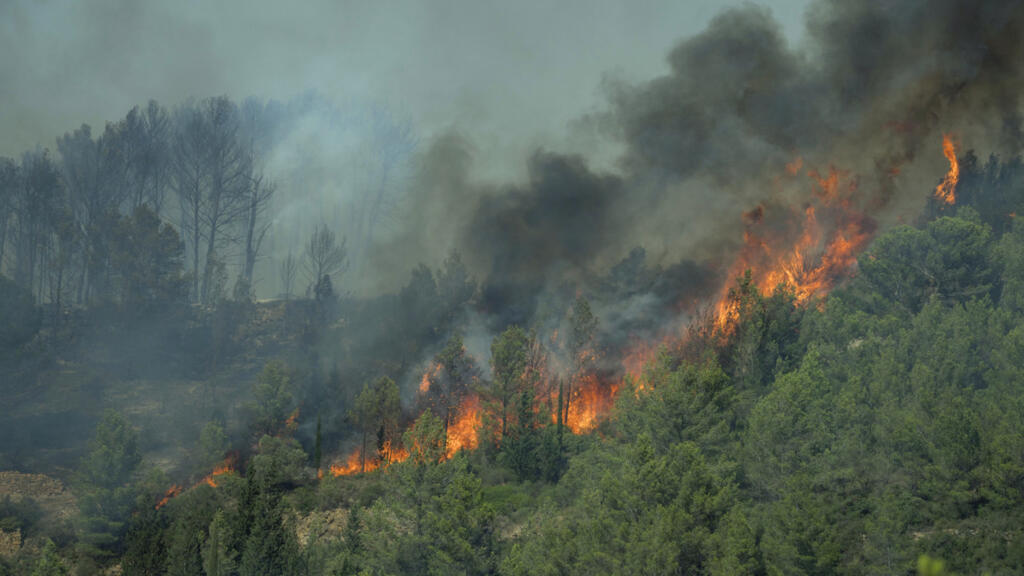
Introduction
The wildfires raging through southern France in 2023 have captured global attention due to their unprecedented scale and destruction. With the ongoing effects of climate change, these events have become increasingly common, drawing concern from environmentalists and local communities alike. The importance of understanding and addressing the underlying causes of these fires cannot be overstated, as they threaten not only human lives but also rich ecosystems and local economies.
Details of the Wildfires
As of early August, an estimated 24,000 hectares of land have been scorched across various regions, including Provence-Alpes-Côte d’Azur and Occitanie. Major incidents have been reported in areas such as Gironde, where nearly 20,000 hectares have been lost, prompting local evacuations and creating a state of emergency. In response to the escalating situation, over 1,500 firefighters, supported by air and ground resources, are engaged in combating these relentless blazes.
The intensity of these wildfires has been fueled by extreme heatwaves, with temperatures soaring above 40 degrees Celsius in some areas. This has resulted in not only the acceleration of fire spread but also significant challenges for firefighting efforts. The local authorities are employing various firefighting technologies, including aerial bombardments, which have proven essential for tackling the ongoing inferno.
Human and Ecological Impact
The impact of the wildfires extends beyond the immediate threat to life and property. Thousands of residents have been evacuated from their homes, with emergency refugees setting up temporary accommodations in community centres and schools. Additionally, the wildfires have devastated local wildlife habitats, posing a long-term threat to biodiversity in the affected regions.
The economic ramifications are similarly dire. Many small businesses in the tourism sector, which is vital for southern France’s economy, face significant losses due to cancellations and ongoing hazardous conditions. The agricultural sector is also at risk, with crops and livestock affected by the fires, causing uncertainty for farmers.
Conclusion
The wildfires in southern France serve as a stark warning of the increasing frequency and intensity of such natural disasters linked to climate change. As recovery efforts begin, it is essential for the French government and international communities to invest in sustainable practices, emergency preparedness, and comprehensive climate strategies. Only by addressing the root causes can we mitigate future risks and protect both lives and the environment. As the situation continues to develop, the resilience of affected communities will be tested, making it imperative for all stakeholders to work together in rebuilding and forging a more sustainable future.
You may also like

Marie Hobinger: A New Force in Environmental Activism

Recent Developments at Thames Water: Challenges and Initiatives
